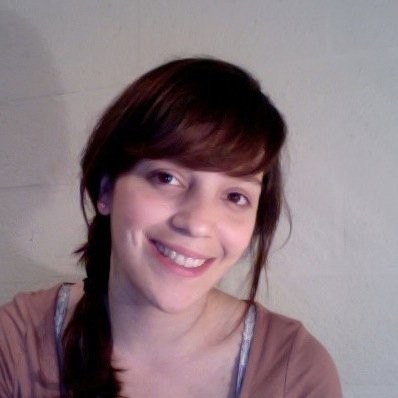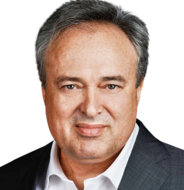Keynote Speakers

Vivian Motti is an Associate Professor at George Mason University, where she teaches Human-Computer Interaction in the Department of Information Sciences and Technology at the School of Computing. She leads the Human Centric Design Lab since 2016. She completed a Postdoctoral Research Fellowship at the Human-Centered Computing Division at Clemson University, investigating human factors and privacy for wearable health. She received her Ph.D. in Computer Science from Catholic University of Louvain (UCLouvain) in Belgium, and she holds a MS Degree in Computer Science from the University of São Paulo (USP).
Her research interests lie at the intersection of Human-Computer Interaction, Assistive Technologies, and Wearable Computing. She has a background in user-centered design, context-aware adaptation of user interfaces and mHealth. She received financial support from CNPq, EU FP7, NSF, NIDILRR, CAPES, among other agencies. In 2020, Springer published her book, entitled `Wearable Interaction’.
Keynote Title: Wearable Technologies: a Roadmap to the Future
Abstract: Wearable technologies have a large potential to amplify human abilities. Thanks to their close contact to the human body, their miniaturized dimensions and continuous data collection, wearable technologies are versatile, meeting system requirements across domains. Wearable technologies have grown in quantity and quality over the past decades, gaining widespread adoption. Still, ensuring that wearables properly meet users’ needs remains an open challenge. Through illustrative examples of diverse applications, in this talk I provide an overview of wearable computing. I discuss wearable applications for emotion regulation as well as the challenges and opportunities in the design of user interfaces for wearable interaction. I conclude the talk with a roadmap for next-generation wearables.

Abel Gomes is an Associate Professor in Computer Graphics and Games at the Department of Computer Science, University of Beira Interior, Portugal, and a senior researcher at INESC-ID (Graphics and Interaction Group), Lisbon, Portugal. He is also Associate Editor of Computers & Graphics (Elsevier) and International Journal of Computer Games Technology (Hindawi-Wiley).
His research areas of interest include Geometric Modeling, Computational Geometry, Computer Graphics, Computer Games, Computational Biology, and Molecular Graphics, and Augmented Reality in Medicine. During his career, he has approached a number of scientific problems, namely convex hull algorithms, pathfinding algorithms, linearization of implicit curves, triangulation of implicit surfaces, triangulation of molecular surfaces, protein pocket detection methods, and quantum molecular dynamics. Currently, his main research topic is surface reconstruction using both classical and deep learning algorithms.
Keynote Title: Surface Reconstruction from Point Clouds: Past, Present, and Future
Abstract: Reconstructing object/scene surfaces is an important, long-standing problem in computer vision and graphics research. Its applications range from computer-aided design, computer animation, robotics, virtual/augmented reality, or even medical engineering. When dealing with this problem, we assume that the surface to be reconstructed from a point cloud is a 2D manifold embedded in the 3D Euclidean space. However, this problem is ill-posed because there are infinitely many solutions or surfaces for the same point cloud. Even worse is the fact that many point clouds may present noise, non-uniform point distribution, missing point chunks, outliers, and the like, as a result of some scanning issues during the data acquisition process.
Consequently, and considering both classical and deep learning algorithms, there is no reconstruction surface algorithm, capable of correctly reconstructing a surface from any 3D scanned point cloud. Surprisingly, or maybe not, a few classical methods perform even better than deep learning methods in terms of both robustness and generality. In a way, this talk aims to overview the state-of-the-art in surface reconstruction, hoping to open some research avenues for the future.